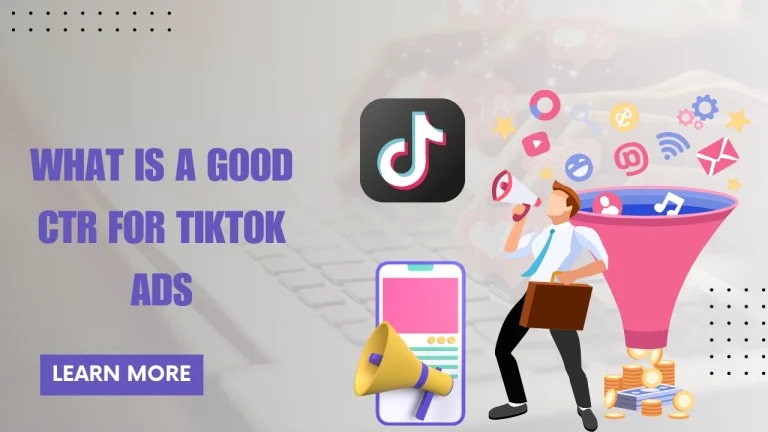Why Does Snapchat Have So Many Ads
Do you find yourself bombarded with ads every time you open Snapchat? If so, you’re not alone. Snapchat has become notorious for its abundance of advertisements, and it leaves many users wondering why.
Well, the answer lies in a combination of factors that have contributed to this advertising frenzy. Why Does Snapchat Have So Many Ads?
Firstly, Snapchat boasts high user engagement rates, with over 280 million daily active users worldwide. This makes it an attractive platform for advertisers looking to reach a large audience. Moreover, Snapchat’s monetization strategies heavily rely on advertising revenue. In fact, around 98% of Snap Inc.’s total revenue comes from advertising.
Another reason behind the influx of ads on Snapchat is its appeal to the younger generation. With a majority of its users being between 13 and 34 years old, advertisers see this as an opportunity to target a highly influential demographic.
Furthermore, Snapchat faces stiff competition from other social media platforms like Instagram and TikTok. To stay competitive and maintain their profitability, they need to strike the right balance between user experience and revenue generation.
In this article, we will delve deeper into these reasons and explore why Snapchat has chosen to inundate its platform with advertisements despite potential backlash from users.
Key Takeaways
- Snapchat heavily relies on advertising revenue, with 98% of its total revenue coming from ads.
- Snapchat’s large user base of over 280 million daily active users worldwide makes it attractive to advertisers.
- The platform’s appeal to the younger generation allows advertisers to target a highly influential demographic.
- Snapchat inundates its platform with ads to stay competitive, maintain profitability, and sustain operations.
High User Engagement and Advertising Potential
Snapchat has so many ads because of its high user engagement and advertising potential. With over 280 million daily active users, the platform offers a massive audience for brands to reach.

The app’s interactive features like stickers, filters, and lenses encourage users to engage with content for longer periods of time, creating more opportunities for ads to be seen. Additionally, Snapchat’s brand collaborations and sponsored lenses have become highly effective advertising tools.
Brands can partner with Snapchat to create custom lenses that allow users to interact with their products or promote their brand in a fun and engaging way. These sponsored lenses not only drive brand awareness but also provide valuable data on user engagement and preferences. This rich pool of user data allows Snapchat to refine its monetization strategies by delivering targeted ads that align with users’ interests and behaviors.
Transitioning into the subsequent section about ‘monetization strategies by Snapchat’, let’s explore how they effectively generate revenue without compromising user experience.
Monetization Strategies by Snapchat
One of the ways Snapchat generates revenue is through its extensive use of advertising. The platform offers various advertising options that seamlessly blend into the user experience, known as native advertising. This strategy ensures that ads appear as part of the user’s content feed, making them less intrusive and more likely to be engaged with.
Snapchat also offers sponsored lenses, which allow brands to create interactive filters that users can apply to their selfies. These lenses are highly popular among Snapchat users and provide a unique opportunity for advertisers to connect with their target audience in a fun and engaging way.
To further monetize its platform, Snapchat has implemented a Discover section where publishers can share stories and articles. Advertisers have the opportunity to partner with publishers and incorporate their ads within this content.
By utilizing these monetization strategies, Snapchat is able to capitalize on its high user engagement while providing advertisers with effective ways to reach their target market.
Transitioning into the subsequent section about targeting the younger generation, it’s crucial for Snapchat to continually evolve its ad offerings in order to stay relevant and capture the attention of this demographic.
Targeting the Younger Generation
To effectively target the younger generation, you must understand their preferences and behaviors in order to tailor your advertising strategies accordingly. Snapchat has recognized this and leverages its unique features to engage with young users.
One important factor is the impact on mental health. Studies have shown that excessive use of social media platforms can lead to feelings of anxiety, depression, and low self-esteem among young people. Snapchat’s ad targeting takes into account these concerns by promoting positive content and avoiding triggering or harmful advertisements.
Additionally, privacy concerns are crucial for this demographic. Snapchat has implemented strict privacy settings and actively educates its users about protecting their personal information. By addressing these issues head-on, Snapchat ensures a safer and more enjoyable user experience for its younger audience.
Transitioning into the next section about competition with other social media platforms, it is essential for Snapchat to constantly innovate and stay ahead of the game in order to remain competitive in this rapidly evolving landscape.
Competition with Other Social Media Platforms
When you compare the social media landscape, it’s like stepping into a colorful and bustling marketplace, with platforms vying for your attention and engagement. Snapchat is no exception to this fierce competition. As one of the leading social media platforms popular among younger generations, Snapchat faces intense rivalry from other giants such as Instagram and TikTok.

To maintain its user base and satisfy investors, Snapchat has increased its ad presence on the app. However, this move comes with potential consequences. Studies have shown that excessive exposure to ads can negatively impact mental health by increasing feelings of inadequacy and anxiety. Additionally, privacy concerns and data security issues surrounding targeted advertising raise further questions about the ethics behind Snapchat’s aggressive ad strategy.
Balancing user experience and revenue generation requires careful consideration of these factors.
Moving forward into the subsequent section about ‘balancing user experience and revenue generation,’ we need to delve deeper into how Snapchat navigates these challenges while ensuring its users’ satisfaction without compromising their privacy or mental well-being.
Balancing User Experience and Revenue Generation
In the midst of fierce competition, Snapchat must strike a delicate balance between satisfying its users and generating revenue to ensure its continued success. With an increasing number of ads on the platform, there is a risk of advertising fatigue among users, which can negatively impact user retention.
Snapchat needs to carefully consider the placement and frequency of ads to prevent overwhelming its users with commercial content. However, it’s important for Snapchat to generate revenue through advertising in order to sustain its operations and invest in innovation.
Targeted advertising allows Snap Inc., the parent company of Snapchat, to offer personalized experiences tailored to individual user preferences. While this approach raises ethical concerns about privacy invasion and data collection, it also enables advertisers to deliver more relevant content that may be valuable to users.
To strike the right balance, Snapchat should continue refining its ad algorithms while implementing stringent privacy measures. By doing so, they can ensure that their advertising strategy aligns with user expectations and maintains a positive user experience while still driving revenue growth.
Frequently Asked Questions
Conclusion
In conclusion, Snapchat’s multitude of ads can be attributed to several factors.
Firstly, its high user engagement rates make it an attractive platform for advertisers looking to reach a wide audience.
Secondly, Snapchat has implemented effective monetization strategies such as sponsored lenses and geofilters to generate revenue.
Additionally, targeting the younger generation who’re more receptive to advertising has further increased ad presence on the platform.
Lastly, competition with other social media platforms necessitates the need for Snapchat to strike a balance between user experience and revenue generation.






